Best practice guidelines for transporting cattle
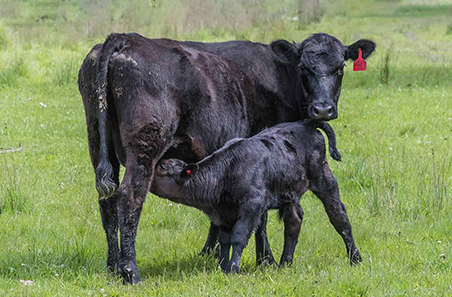
Cows and calves
Find out more
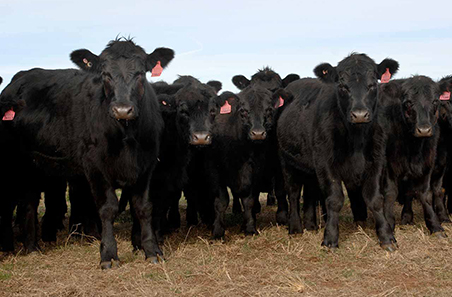
Weaners
Find out more
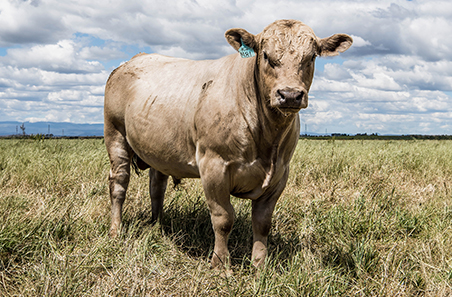
Bulls
Find out more

Feedlot finished cattle
Find out more
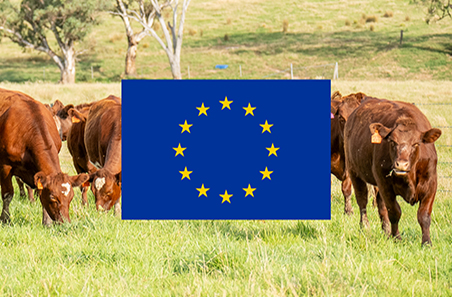
European Union accredited
Find out more
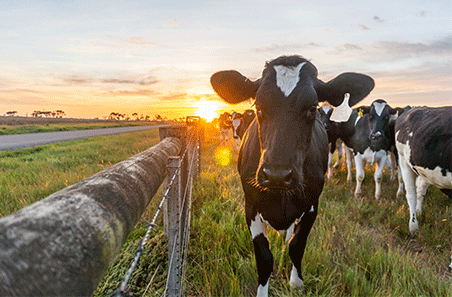
Bobby calves
Find out more
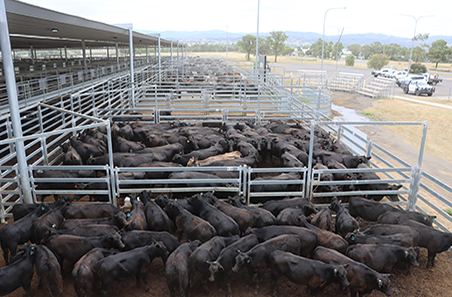
Cull cows
Find out more
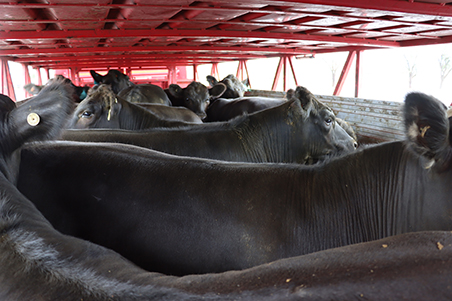
Slaughter
Find out more
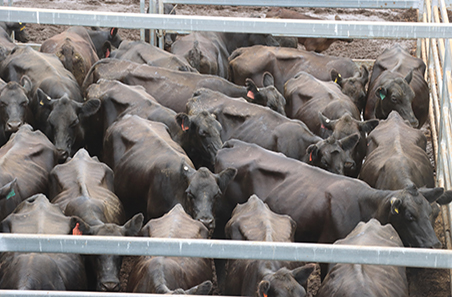
Compromised cattle
Find out more
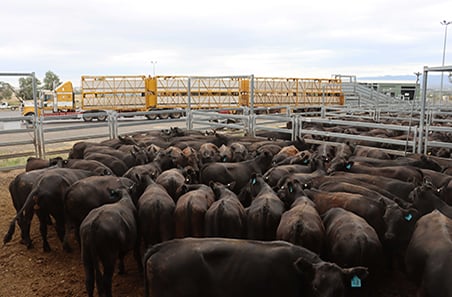
Saleyards
Find out more
Good preparation of cattle prior to their intended journey supports a successful outcome.
Communication and journey planning
- Getting the most accurate information on your consignment assists the transport operator planning the journey and scheduling the truck.
- As part of the Chain of Responsibility you must be ready and on time when the truck arrives. Not being punctual will have flow on impacts on driver hours, delivery times and truck curfews as well as scheduling the driver for their next job. Good communication and preparation is essential.
- Discuss your journey plan with your transport operator, thinking about:
- trip duration and geography e.g. general road conditions, hilly or flat
- cattle – class, temperament, size, pregnancy status, weight and strength (fitness)
- weather conditions at loading, during transit and at unloading – hot or cold, wet weather access for trucks.
- Ensure accurate directions and contact numbers have been provided.
- Ensure there is ample truck access for the vehicle to manoeuvre to the yards and access the ramp.
- Ensure your ramp is fit for purpose.
- Open two-way communication is essential with the transporter and buyer (if known) prior to transport.
Preparing the livestock – feed and water
- The general rule for good preparation is to provide good quality, dry hay (above 10 MJ/kg dry matter and adequate quantity 2–5% of bodyweight/day) and clean water – a minimum of 24 hours prior to the truck arriving.
- Ensure there is adequate access to feed and water troughs for the number of animals to be loaded.
- In summer – ensure access to fresh cool water – you may need to let troughs out prior to preparing the cattle in the yard to allow cool water to fill the trough.
- Water trough access – at least 300mm for every 10 head (3cm per head), check for adequate flow and refill time.
- Across all classes of cattle – 20cm per head feedbunk space in hay troughs or use hayfeeders.
- Cattle generally eat at 8am and 4pm, so ensure feed is delivered and available prior to these times.
Preparing the cattle - handling
- The more cattle have been handled over their lifetime, the better they travel.
- Keep handling processes as normal as possible in the lead up to transport – animals will then know what to expect and will be less stressed.
- Working with accredited animal welfare operators is beneficial to your business.
- Talk with your transport operator about the benefits of administering electrolytes prior to transport.
- Prepare and pen similar cattle classes and size together.
- Ensure animals that are being prepared are fit to load. "If in doubt, leave them out."
- Make sure the animals are prepared in the best way possible (on quality dry hay and clean water a minimum 24 hours prior to dispatch); paperwork is completed and facilities are safe, operational and ready for when the truck arrives to load your consignment.
Carting heavy cattle
|
Carting heavy cattle – special considerations When transporting extra heavy, long-fed feedlot cattle (800kg+) in finished slaughter condition:
|
Highest risk classes of animals for transport
- Unhandled cattle: Consultation with industry operators indicates that unhandled cattle present a higher risk.
- Cattle of any type that run in off lush green feed, straight out of the paddock immediately before loading creates an animal welfare (higher chance of slipping and falling in the crate), food safety and environmental risk. Risks include:
- slipping and falling
- coat contamination during abattoir processing
- higher levels of effluent in the truck’s crate.
- Saleyard transactions that have had animals experience extended periods with access to water but not feed.
- Cattle run straight in out of the paddock that have had excessive poor handling, just prior to the truck arriving and loading – they’re usually in a hot and stressed condition and subsequently, often do not travel well.
- Cows with poor temperament being moved with calves at foot.
- Unhandled bulls that have been recently penned together, without adequate time to work out their social order.
- Scrub bulls are also a risky class of cattle due to their lack of handling and socialisation. It is beneficial to get this class of animal in the yards one week before trucking to get them settled and eating good quality dry hay.
- Culls cows – some are more resilient than others. Higher risk cull cows are often in poor body condition and lack adequate energy levels to withstand the increased stress of transport.
- Newly weaned animals, note – do not wean onto the back of a truck!
Transporting long distances >2,000km
Considerations of long distance journey plans are dictated by a number of factors:
- truck driver hours
- location of spelling yards
- consideration of cattle being moved across tick lines
- breed type,
- class of cattle
- distance – 850km a day maximum recommended (e.g. weaner full blood Wagyu cattle that are well handled with good temperament are well positioned).
Prior planning and good communication of the above factors are critical.
Other considerations include:
- Animals may be loaded slightly lighter for transporting over longer distances.
- It is ideal to have good quality, dry hay and clean, fresh water available when the animals are off-loaded at spelling yards and at their final destination.
- Ensure cattle have plenty of space to lay down in the yards after unloading, as they will generally have a drink first, lay down and then have a feed 3-4 hours later.
- Appropriate spelling and journey plans should complement and support legal driving hours: consider truck configurations and set spelling points. A proven journey plan recommended by some commercial transport operators includes 12 hours of spelling at each of three stops for cattle and for sheep, or three spelling points, but for 24 hours at each spelling yard. These are considerations for all involved when communicating and planning with your transport operator.
- Some transport operators spell cattle for a minimum of 12 hours after the first 14 hours of driving. This may be up to 17 hours from loading.
- For the second spell, cattle may be unloaded for between 20–24 hours. Let cattle have a solid rest to recover energy levels and fill them up to keep their rumen active and healthy. This supports their physiological recovery at their final destination.
- Southern British breeds vs northern cattle will differ in their journey plans and when and where it is best to spell and feed them. Northern bos indicus cattle can typically tolerate hotter weather conditions whereas British cattle are less able to. Also, fatter and heavier cattle may need to be spelled more frequently than lighter weight cattle in store condition.
- Note – scrub bulls are a risky class of cattle due to their lack of handling. It is beneficial to get this class of animal in the yards at least one week before trucking to get them settled and eating good quality dry hay.
- Loading time for journeys of a longer distance is preferred to be as early in the day as possible, taking advantage of cooler morning temperatures.
Spelling during long distance transport
- Rest stops and driver hours should ideally dovetail together, so both driver welfare and animal welfare are collectively prioritised.
- Drivers generally check the load 30 minutes after departure and then every two hours thereafter.
- The journey plan is usually ‘reverse engineered' to prioritise and compliment driver fatigue, legal driving limitations and appropriate rest stops for the cattle.
- When communicating with your operator and preparing animals for their intended journey, it is typically a case-by-case approach for all classes of cattle.
- An experienced transport operator will be able to provide professional guidance in relation to preparing your animals and will outline where animals will be unloaded and rested through the journey.
- Factors to be considered include forecast weather conditions, locations to feed and rest animals, total duration of the journey and where they will finally be delivered – for example to a feedlot or farm.
- Having discussed pre-departure considerations, preparations at the other end as well as journey planning and working together, are also very important.
- Considerations include:
- Production – what are the cattle’s future performance requirements if entering a feedlot?
- Product quality – meat quality is important and minimising loss of glycogen that may cause dark cutting and minimising bruising during the journey are key.
- Welfare and recovery – focusing on good recovery upon arrival must also be considered rather than focusing solely on the cost of getting there.
- Consider the other end of the journey and what you want the stock to achieve and deliver post-arrival. Pre-transport, during and post-delivery considerations will influence good preparation for the intended journey and your desired outcome. Post-arrival objectives for extended journeys can be just as important in the planning process as the journey performance itself.
- A saying amongst many long-haul transport operators is that if the driver is tired, the animals will also be tired. Both driver and livestock welfare need to be prioritised and preserved.
Preparation considerations during drought
- Generally, it is recommended (at a minimum) to feed all classes of cattle good quality, dry hay for at least one day if they are travelling less than 200km and a minimum of 2–3 days if the distance to be travelled is greater than 200km. Ensure they also have access to clean drinking water prior to their journey.
Feeding considerations to build strength and conditioning prior to transport:

Points to consider:
- Consider using Cattletrans, Beachport and/or Generade just prior to loading, for animals in poor condition.
- If animals have been exposed to drought conditions for quite some time, consider a longer transitional feed adaption period 10–14 days prior to transport to build strength and increase glycogen and energy, especially if the intended journey is 500km or more. Once again, speak with your transport operator to discuss best practice preparation options.
- Drought cattle should be monitored every hour during their journey.
- There is a fine line between truck pen densities that are too loose and too tight. Animals should be firm enough to support each other as the vehicle moves around but not so loose that they are at higher risk of falling over.
- Drought animals often have compromised rumens from lack of feed intake, therefore careful recovery is critical. Upon arrival, ensure they are put in a holding yard or paddock to recover on good quality feed for up to 72 hours.
Source: A national guide to describing and managing cattle in low body condition score, page 27.


